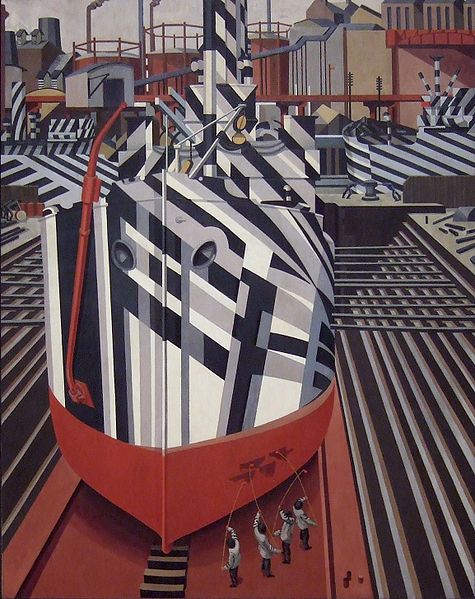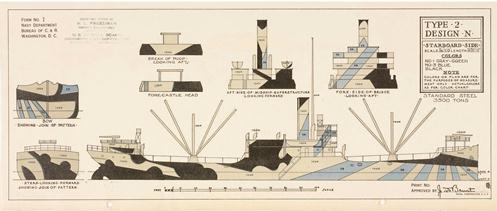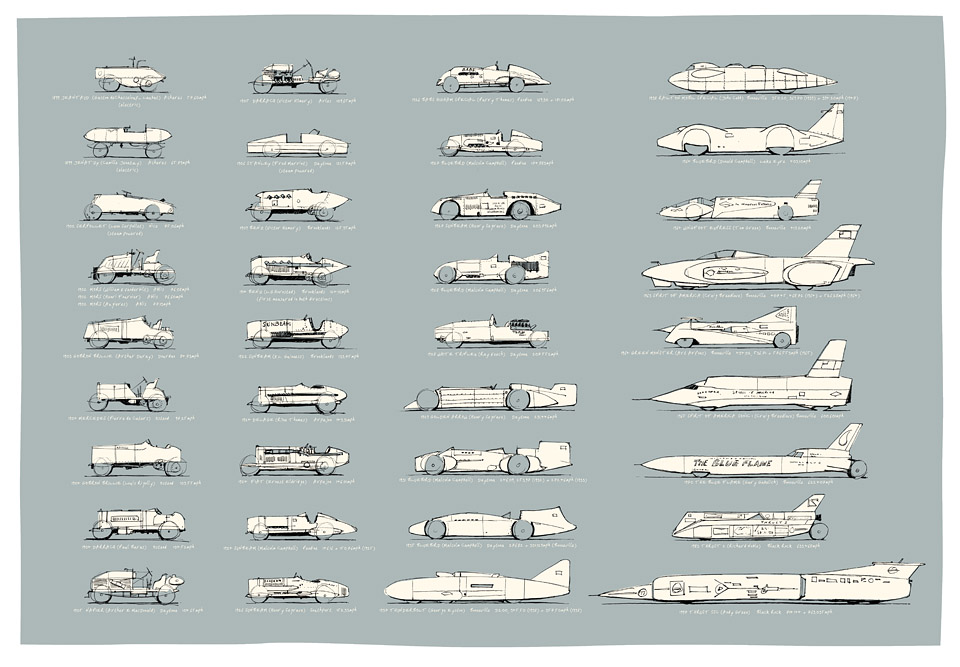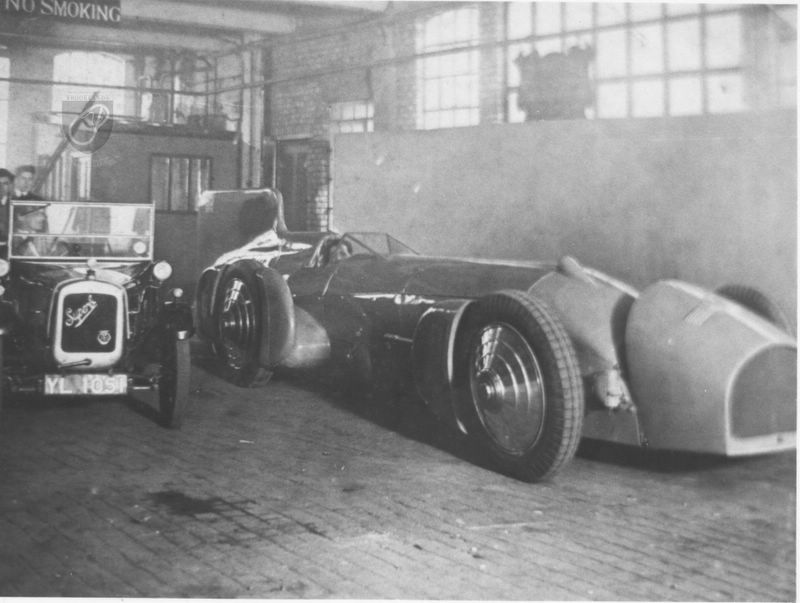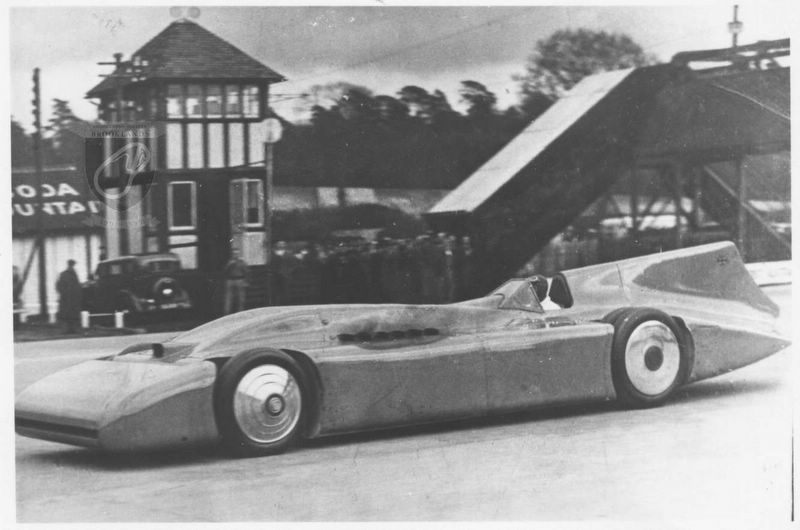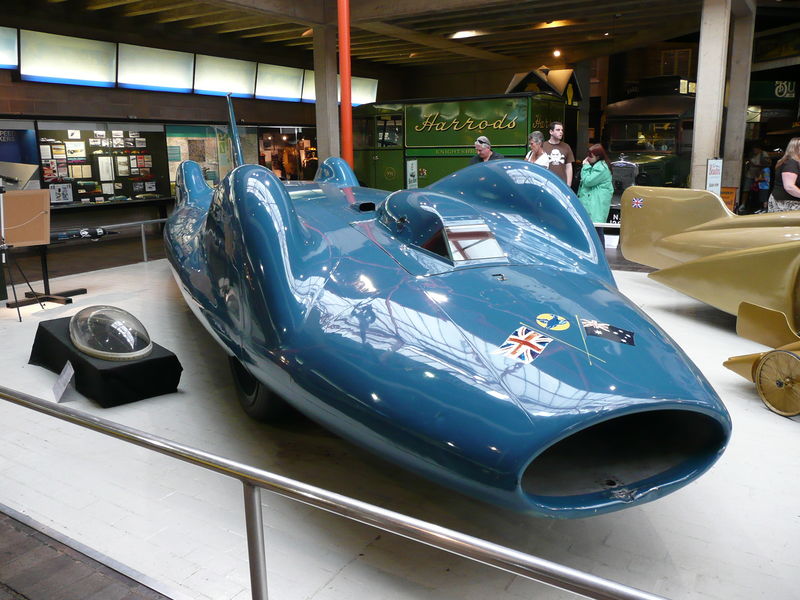Via @roundmyskull, a post on a British dazzle camoufleur and Vorticist: Edward Wadsworth. The Design Student has indicated an interest in model building/painting (we’re going to ransack the house for his old Warhammer figurines – could be a nice side job); perhaps I should build a WWI ship model or 2 for him to dazzle up.
*
*
And a print from RISD’s dazzle plan collection. I reiterate – I need more wall space.

